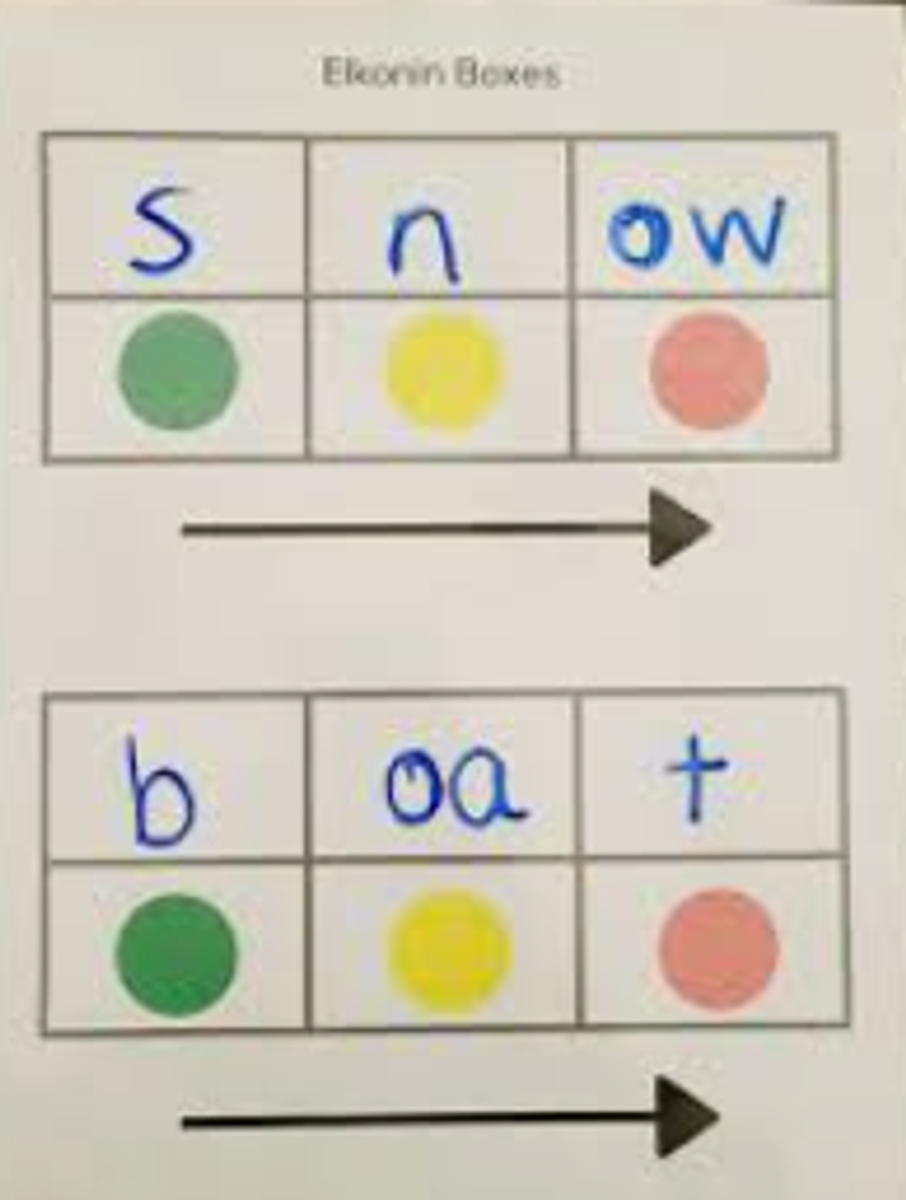Literacy Support at Home

Literacy Focus 1 - Phonological Awareness
Welcome to the fortnightly Newsletter Literacy Focus Page. Each fortnight, there will be information posted to help you support your child with reading, spelling or writing at home. The first series of articles will be focused on supporting home reading.
EARLY LITERACY ACTIVITY IDEAS TO SUPPORT PHONOLOGICAL AWARENESS
At Roberts McCubbin Primary, we support the development of each child’s phonological awareness through our daily Literacy sessions and our use of the Heggerty’s Phonemic Awareness program in Foundation to Year 2. We conduct short Heggerty’s sessions following a specific sequence to develop your child’s ability to hear, identify, manipulate and use sounds orally. These skills precede reading and are essential to develop reading decoding and spelling skills.
Here is a video demonstration to show the components that a daily Year 1/2 Heggerty’s session incorporates.
https://www.youtube.com/watch?v=7TdF9LopHbQ
If your child is a beginning reader, the following activities can support the development of their phonological and phonemic (sound) awareness skills at home. This then supports their reading skills.
To develop phonological skills:
- Sing nursery rhymes.
- Play eye spy with sounds. (Ie: I spy with my little eye, something that begins with ‘sss’).
- Say words and ask what the sound is at the start / middle / end.
- Make up nonsense words orally and ask your child to repeat them.
- Say the first / middle / last sounds of nonsense words. (Ie: say zonk – what is the first sound? What is the second sound? Third sound? Last sound ?)
- Play rhyming games where you say a word and your child has to say a word that rhymes.
- Model any words that your child may mispronounce. Ask them to watch your mouth and explain the shape of your lips and how your tongue is moving helps.
- Break up words into their sounds (ie: d – o – g DOG).
To develop phonics (sound) awareness:
- Make single alphabet sounds in multiple ways, saying and revising the sound as making: playdough; craft mini squares pasted onto letter outlines; trace for handwriting letter formation.
- Play with magnetic letters. Focus on three sounds at a time that can be arranged into different words. Use familiar consonants and a vowel (ie: cap, pac, tac, cat, sat, sap, tas).
- Making non words is important to improve your child’s ability to decode using sound knowledge. Dr Seuss are fun texts that you can read with your child, with non-words to support phonological skills.
- Practise letter formation (handwriting), saying the most common sound the focus letter says. Discuss any alternative (sometimes) sounds that letter might make.
- Use blank word boxes and place the letters that make a sound in a word in each box. Keep letters that work together to make the same sound in the one box.
Fiona Hall
Literacy Learning Specialist

